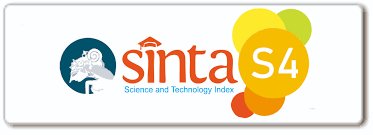Eksplorasi Hubungan Augmented Reality Dan Kecemasan Terhadap Penerapan Kecakapan Matematis Pada Pembelajaran Geometri
DOI:
https://doi.org/10.35706/rjrrme.v3i2.22Keywords:
Augmented Reality, Anxiety, Mathematical ProficiencyAbstract
This study aims to examine in depth the relationship between the use of Augmented Reality (AR) and students' anxiety levels on their mathematical proficiency in solving geometry problems, both individually and jointly. Excessive anxiety can negatively affect students' problem-solving abilities, while AR offers an interactive and engaging way to present mathematical concepts that may help reduce anxiety. Mathematical proficiency include conceptual understanding, procedural fluency, problem-solving strategies, adaptive reasoning, and productive disposition, all of which are interrelated. The study involved 99 high school students, from which 79 were selected as the sample. Two students one with high anxiety and one with low anxiety were chosen as case study subjects. Data were analyzed using simple and multiple linear regression, as well as through data condensation, data display, and conclusion drawing. The results indicated a significant relationship, both individually and jointly, between the use of AR and anxiety levels on students' mathematical proficiency. Students with low anxiety who were taught using AR media demonstrated the ability to utilize their full range of mathematical proficiency to solve geometry problems. In contrast, high-anxiety students who were also taught using AR media applied their proficiency incompletely, leading to inappropriate problem-solving outcomes.









